Nepal’s majestic Himalayan kingdom is a wonderland for nature lovers and adventure seekers alike. With towering peaks, lush forests, and pristine rivers, it’s no surprise that the country is home to some of the world’s most stunning conservation areas. In this blog, we’ll explore six Conservation Areas in Nepal that will take your breath away; whether you’re a seasoned trekker or simply looking to experience the beauty of nature, Nepal’s conservation areas are not to be missed.
Conservation areas in Nepal
Conservation areas in Nepal are designated protected areas intended to preserve and manage natural resources and biodiversity. These areas are established to protect Nepal’s unique ecosystems, habitats, and wildlife. Conservation areas in Nepal are governed by the Department of National Parks and Wildlife Conservation, and they are critical for preserving Nepal’s natural heritage. They also provide opportunities for eco-tourism and sustainable development, benefiting local communities and the environment.
Annapurna Conservation Area
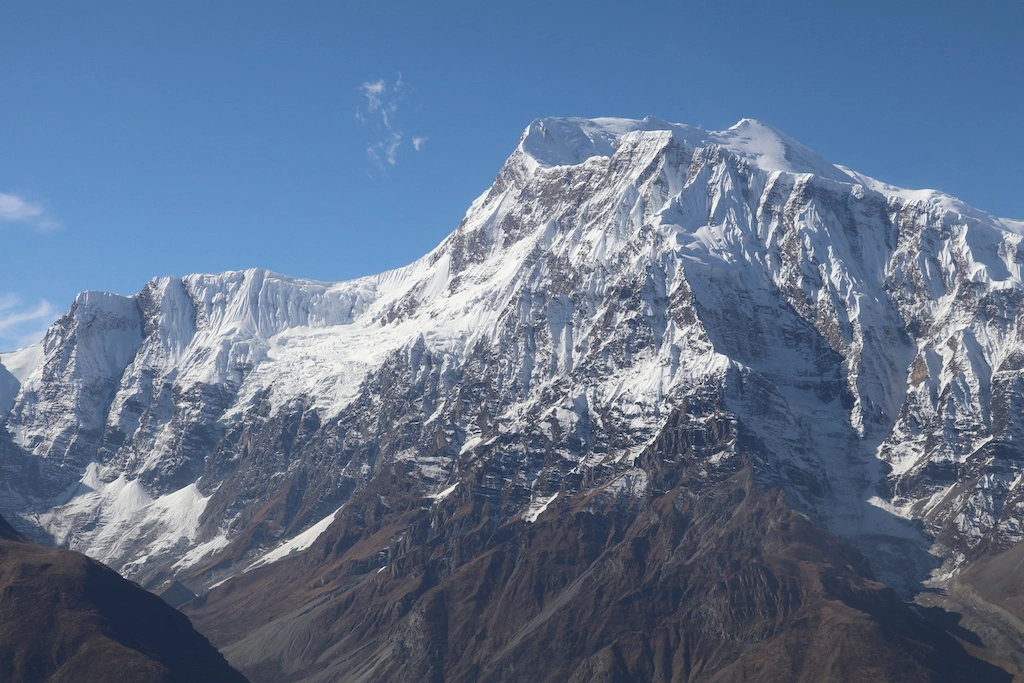
The Annapurna Conservation Area is Nepal’s largest protected area, spanning five districts. It covers an enormous area of 7,629 km2 and ranges in elevation from 790 m to 8,091 m. The conservation area, including the renowned Annapurna Circuit, is famous for trekking routes. It encompasses Annapurna Sanctuary and was established in 1985 and gazetted in 1992. The National Trust for Nature Conservation manages this vast protected area.
The climate in the Annapurna Conservation Area is distinguishable into two regions. The southern part of the Annapurnas experiences more rainfall than the rain shadow to the north of the peaks. The annual precipitation is highest during the Asian monsoon between June and September. Snow accumulates between 2,000 and 3,000 m, and winter temperatures range from −4.65 to −6.06 °C at elevations above 4,400 m.
Kanchenjunga Conservation Area
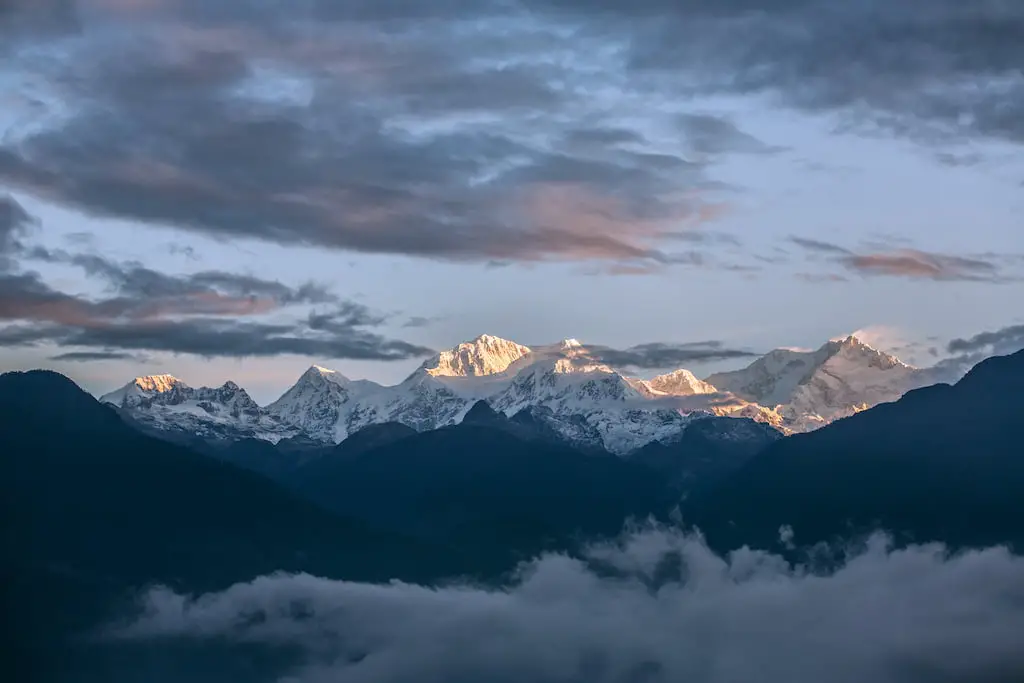
Kanchenjunga Conservation Area is located in the Himalayas of eastern Nepal and covers an area of over 2,035 square kilometres. Established in 1997, the protected area creates a habitat for endangered species such as snow leopards, Asian black bears and red pandas. It has a range of elevations from 1,200 to 8,586 m (3,937 to 28,169 ft) and vegetation, including cultivated lands, forests, pastures, rivers, high-elevation lakes and glaciers.
In 2006, the Management Council, formed from seven Conservation Area User Committees, 44 User Groups, and 32 Mother Groups of the local community, was responsible for managing the Conservation Area and its fauna and flora. Camera traps have documented several species of wildlife thriving in the Kanchenjunga area, including the record-breaking altitude of 4,474 m (14,678 ft) for a leopard cat and a melanistic leopard at 4,300 m (14,100 ft).
Manaslu Conservation Area
The Manaslu Conservation Area is a protected area of Nepal that covers 1,663 square kilometres. It is located in the Mansiri Himal range of the Himalayas and is situated in the Gorkha District. The area is a habitat for many types of animals, such as mammals, birds, reptiles, and flowering plants. Some examples of the animals found here are the snow leopard, musk deer, Himalayan tahr, and at least four species of frogs. The area comprises mountains, glaciers, and watercourses, with the highest point being the peak of Manaslu. Established in 1998, the region’s elevation ranges from 1,400 to 8,156 m.
The Manalsu region has six climatic zones: tropical, subtropical, temperate, subalpine, alpine, and arctic. The temperatures range from 31 to 34oC in the summer and -2 to 6oC in the winter. The snowline is 5000m and far below-freezing temperatures in the Arctic zone. The monsoon season (June-Sept) brings most of the rainfall, with an average of 1900mm per year. The south is wetter than the upper regions. Understanding these climatic zones is vital for travellers exploring Manalsu’s natural beauty.
Krishnasar Conservation Area (Blackbuck Conservation Area)
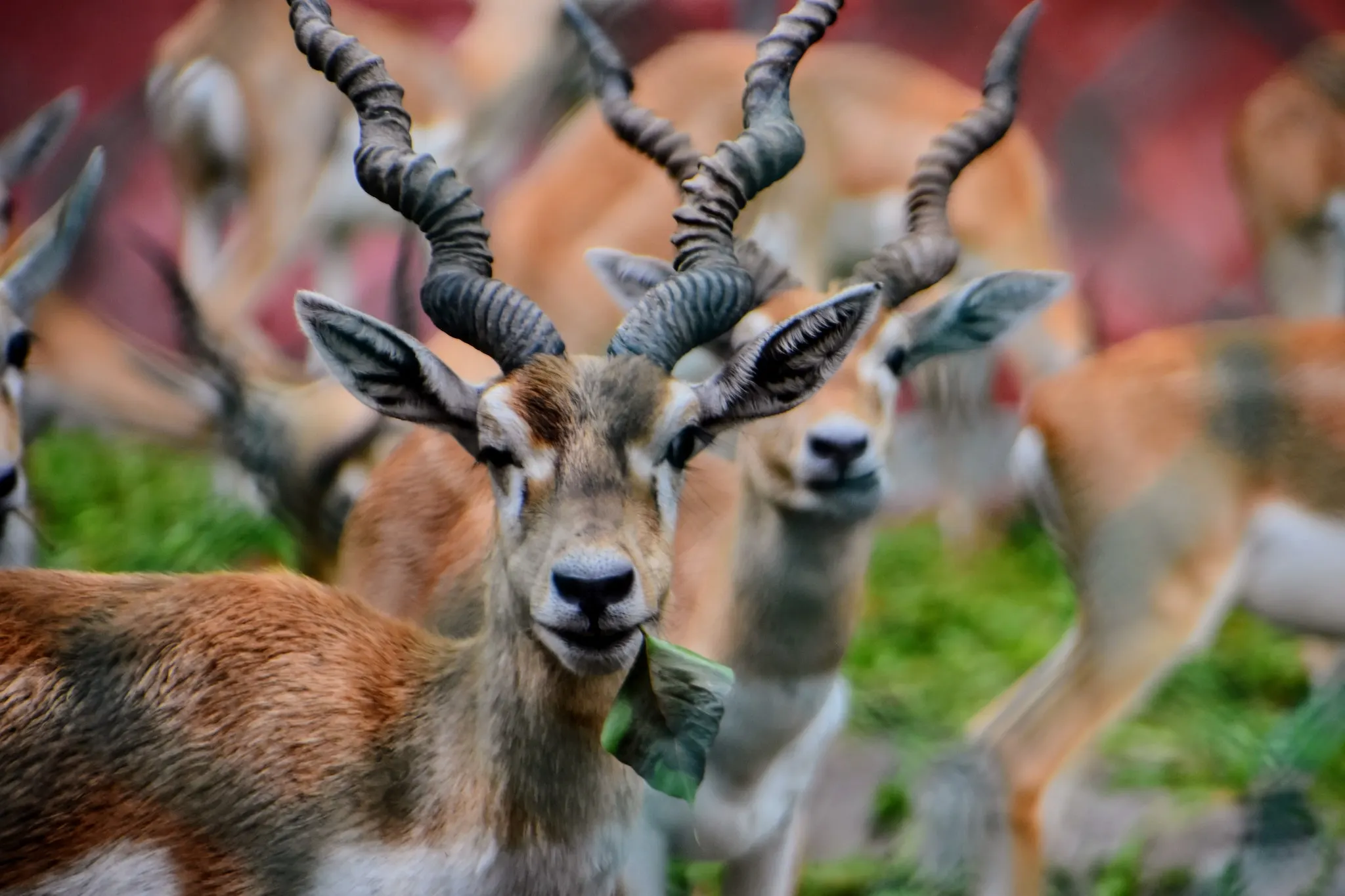
Krishnasaar Conservation Area, also known as Blackbuck Conservation Area, is a protected area spanning 16.95 sq. km in Gulariya, Bardia district, Nepal. The government declared it a protected area in 2009 as a concerted effort to conserve the endangered Blackbuck (Antelope cervicapra). The Blackbuck is an endangered species protected under the National Parks and Wildlife Conservation Act 1973 and listed under Appendix II of CITES. This conservation area is the first organized effort in Nepal to protect this endangered species.
The Blackbuck population in the Khairapur region increased significantly in 1990, indicating the positive impact of conservation efforts. However, the population has gradually declined due to habitat loss, degradation, and human interference. Currently, the population of Blackbuck in Krishnasaar Conservation Area is over 200, and a guard post was established on-site in 1975 to protect the species. The guard post has played a crucial role in safeguarding Blackbuck from poaching and other threats. The Krishnasaar Conservation Area is a testament to the positive impact of conservation efforts on endangered species.
Api Nampa Conservation Area
Api Nampa Conservation Area (ANCA) was established on 12 July 2010 by the Government of Nepal to protect the unique flora and fauna, biodiversity, and perpetuation of the ecosystem of the northern part of the Darchula district. It occupies 1903 sq km of land, ranging in altitudes from 539 to 7132 meters. ANCA’s location between 29° 30′ to 30° 15′ North Latitude and 80° 22′ to 81° 09′ East Longitude makes it an ecologically diverse region of Nepal.
The conservation area is managed under the Conservation Area Government Management Regulation 2057 BS and aims to harmonize conservation and development in an integrated way. ANCA is a government intervention that leads to the conservation of resource use and development of local communities. ANCA has a unique topography ranging from lowlands with sub-tropical vegetation to arctic conditions in the Himalayan highlands.
Due to diverse climatic conditions and altitude variations, ANCA has many prime wildlife habitats, including large mammals like the Himalayan Tahr, Blue sheep, Musk deer, and Himalayan black bear. The lower elevation temperate zone is the primary habitat of herpetofauna, and the sub-tropical, temperate, sub-alpine, and alpine vegetation and forest of ANCA encompass suitable habitat for wildlife species, including endangered, vulnerable, and common. ANCA provides habitats for birds, including Daphne (Impeyan pheasant), Munal, Snow Chock, Blood pheasant, Red-billed chough, and Yellow-billed chough, among others.
Api Nampa Conservation Area is an excellent initiative to conserve biodiversity, perpetuate the ecosystem, and reduce regional poverty.
Gaurishankar Conservation Area
The Gaurishankar Conservation Area covers 2,179 square kilometres and comprises 22 Village Development Committees in three districts. The National Trust for Nature Conservation (NTNC) has been tasked with managing the Gaurishankar Conservation Area by the Government of Nepal for 20 years.
The Gaurishankar Conservation Area is rich in biodiversity, with 16 types of vegetation and 34 mammal species, including the snow leopard, Himalayan black bear, and red panda. In 2019, rare sightings included the Asian golden cat, Assam macaque, masked palm civet, Himalayan goral, Himalayan serow, and Indian muntjac. The village of Kuri has a famous Hindu pilgrimage site called Kalinchowk Bhagwati Shrine.
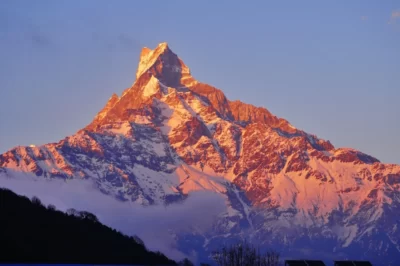
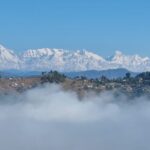
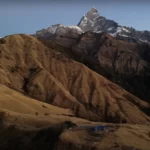
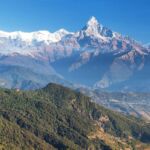

Leave a Reply